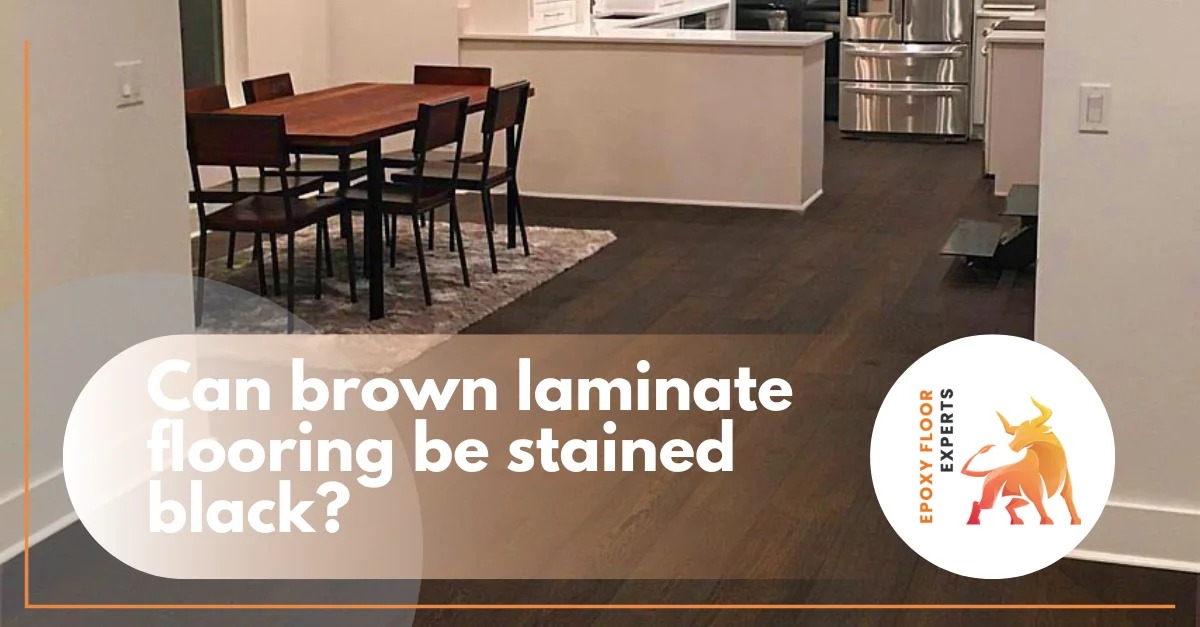Polyaspartic vs Epoxy: Which Flooring Resin is Best?

GNU Garage is here to help you know your options!
There are virtually limitless options when it comes to garage flooring materials and finishes, so how do you know which one is right for your project? Whether you're a Worcester resident looking to spruce up the epoxy coating in your elderly grandparent’s home project or a homeowner on the hunt for an industrial-grade solution that will stand out from competitors' garages in Massachusetts, there's a material out there for every individual.
Because polyaspartic is more finnicky during installation due to its quick drying properties, you need to find a contractor who's experienced and trustworthy. We've worked with polyaspartic floors for years here at GNU Garage, and we're here to help you in the Worcester area!
Polyaspartic and Epoxy Resin Flooring in Worcester, Massachusetts
Polyaspartic and epoxy resin are both popular materials used in flooring installations, but they differ in some key ways. Polyaspartic is a two-component polyurea system that forms a strong, durable coating for concrete floors, while epoxy resin is a two-component system with a chemical reaction that creates an even harder material.
As a Worcester-based epoxy flooring contractor, we have extensive experience in both of these materials and can provide you with the best advice to ensure your installation is completed correctly and efficiently. Here at GNU Garage, we know Worcester residents need floors that can stand up to the test of our northeastern climate year-round, year after year. Let the epoxy floor experts help you choose the best option for your floors!

A. Advantages & Disadvantages of Polyaspartic Flooring
Polyaspartic offers a softer finish than epoxy, making it ideal for residential settings. It is also faster to install since it can be applied in multiple coats over the course of a single day. Furthermore, polyaspartic is resistant to UV rays and other weather conditions, so it won't fade or deteriorate quickly over time.
On the downside though, polyaspartic has a shorter life expectancy than epoxy - but they'll still last you decades with proper care! Polyaspartic is also often slightly more expensive than traditional epoxy per sq. ft., which can add up quickly on big projects. The price is worth the product, though - polyaspartic has a leg up on traditional epoxy in terms of general resistance!
Because polyaspartic is more finnicky during installation due to its quick drying properties, you need to find a contractor who's experience and trustworthy. We've worked with polyaspartic floors for years here at GNU Garage, and we're here to help you in the Worcester area!
B. Advantages & Disadvantages of Epoxy Flooring
Epoxy resin is commonly used in commercial applications due to its superior strength and longevity. Epoxy resin's strength ratings are among the highest of any flooring alternative, so you can trust it to hold up in your garages, topped only by a strong polyaspartic. From scratches, to spills, to heavy objects and more, epoxy will stand up to the test.
Epoxy provides a hard finish that can be applied as a single coating, or in multiple layers and can bond well to concrete surfaces. It is generally resistant to environmental conditions such as oil, fuel, water, alkalis, it's incredibly nonslip, and highly customizable. Generally, traditional epoxy comes at a cheaper price point per sq. ft. compared to polyaspartic.
It's ease of installation combined with its low price point makes epoxy an attractive option for your budget. It also means that epoxy is a DIY installer's best choice in home flooring!
GNU Garage: Installing Strong Garages in Worcester, MA
At our Worcester-based contractor firm, we specialize in utilizing both polyaspartic and traditional epoxy resin depending on our clients' needs. We understand that each type of material has its own advantages and disadvantages which is why we make sure to thoroughly discuss all options with our customers before making any final decisions about their flooring installation projects.
While we're more easily able to help you when you contact us directly, we also give you more detailed information on our website page Polyaspartic vs. Epoxy Floor Coatings!
Conclusion
When it comes to polyaspartic and epoxy resin flooring in Worcester, Massachusetts, there are a few key things to consider before making a decision. Both have their advantages and disadvantages, so it's important to evaluate your needs before moving forward with either option. As local contractors, we're here to help you make the best choice for your space. We offer a variety of flooring services that will improve your home - just give us a call or read more on our website today!
Any Worcester, Massachusetts homeowners in search of a trustworthy epoxy floor expert don't need to look any further than GNU Garage. Check out our contact page and find out about our free project quotes and lifetime warranties!


.webp)


